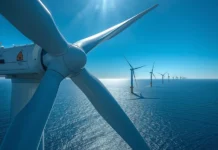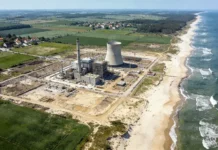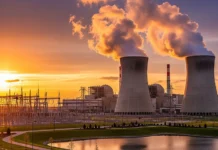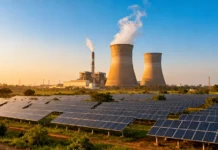The US Department of the Interior (DOI) has announced that it intends to withdraw the Bureau of Land Management’s (BLM) clean energy regulation. This decision is part of President Trump’s agenda to reduce regulations and boost economic growth.
It is believed that the proposed withdrawal of the US DOI clean energy regulation action represents a major change in policy that will encourage greater land use and energy independence.
The rescission would cancel rate reductions that benefited renewable energy development, but would continue to contribute to the objective of American Energy Dominance.
The decision aligns with Secretary’s Order 3418 and Executive Order 14154. The goal is to expand domestic energy production on BLM-managed lands that revitalize the US energy industry and boost jobs.
Secretary of the Interior Doug Burgum said, “Eliminating the Biden administration’s preferential treatment of unaffordable, unreliable ‘intermittent’ projects and dismantling excessive, one-sided restrictions on traditional energy sources such as oil, gas, and critical minerals will unlock the full potential of America’s natural resources.
“This step will restore balance, strengthen our energy independence, and ensure taxpayers get the maximum return from the responsible use of our public lands.”
To serve the interests of the country, the DOI emphasizes a balanced approach to energy development that incorporates both conventional and renewable sources.
The Interior is fostering innovation, job creation, and economic growth while upholding appropriate public land management by removing laws that are thought to be impeding traditional energy sectors.
The proposed rule revocation will be examined by the Office of Information and Regulatory Affairs.
The proposal will be published in the Federal Register after this evaluation, allowing for public comment.
In related news, members of the US House have proposed a budget that will cut financing for renewable energy and electric vehicles while eliminating clean energy tax credits.
This budget is a component of a larger attempt to create a multi-trillion-pound plan that reflects Trump’s interests.



































